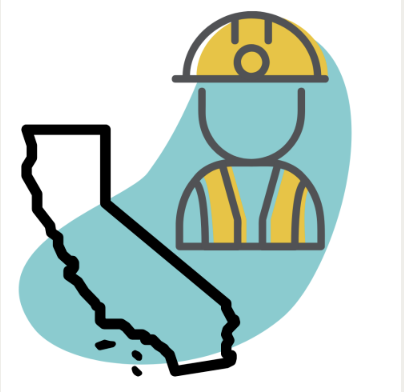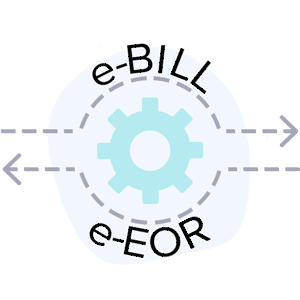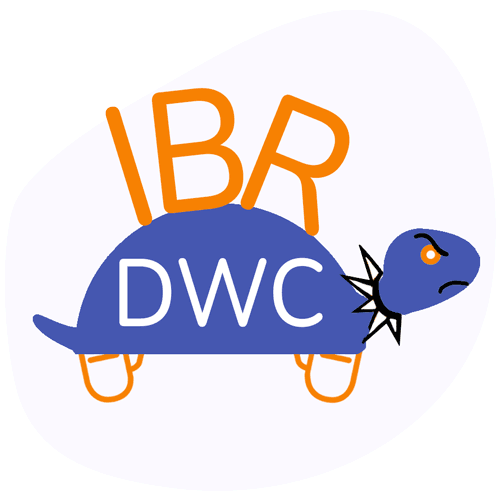DWC to Injured Workers: Beg or Pay For Your Care

A close reading of an official Division of Workers’ Compensation (DWC) document reveals something that should sincerely disgust every California employer, employee, health care provider, and injured worker in the state of California.
Following a workplace injury, the mandatory Form DWC 1, which every injured worker must complete to formally submit their claim, advises injured workers to use their own health insurance or seek care that does not require immediate payment while the claims administrator considers whether or not to accept liability for the injury.
You are not imagining what you just read.
Essentially, during the period in which the claims administrator weighs their liability decision, the DWC allows employers to decline authorization of treatment. This period can last up to 90 days, leaving injured workers with no guarantee of care for roughly three months.
The premise of workers’ comp is simple: the employer or its insurer must cover an injured employee’s care. But for up to 90 days following an injury, California leaves the worker with no guarantee of treatment. During this time, Form DWC 1 instructs injured workers to either:
- Use their group health insurance to pay for care, or
- Beg a provider for care with no guarantee of payment
This is the state of workers’ comp in California. Hyper-payer-friendly regulations and one-sided enforcement leave freshly injured workers scurrying to find care. This problem is not only apparent, but acknowledged by the DWC to the point of openly instructing workers to plan for denial of care.
The abhorrent, entirely unacceptable details are below.
DWC: “Use your own health insurance to get medical care.”
When an employee sustains a work-related injury, they must file a claim using the mandatory Workers’ Compensation Claim Form (DWC 1).
Form DWC 1 includes several pages of explanation regarding the workers’ comp claims procedure, including a paragraph with the following instructions for the injured worker seeking medical care (emphasis ours):
“Within one working day after you file a claim form, your employer or the claims administrator must authorize up to $10,000 in treatment for your injury, consistent with the applicable treating guidelines until the claim is accepted or rejected.
If the employer or claims administrator does not authorize treatment right away, talk to your supervisor, someone else in management, or the claims administrator. Ask for treatment to be authorized right now, while waiting for a decision on your claim.
If the employer or claims administrator will not authorize treatment, use your own health insurance to get medical care. Your health insurer will seek reimbursement from the claims administrator.
If you do not have health insurance, there are doctors, clinics or hospitals that will treat you without immediate payment. They will seek reimbursement from the claims administrator.”
In other words, the DWC openly acknowledges that the DWC fails to enforce California Labor Code Section 5402, which mandates employers must authorize a certain amount of treatment in the immediate aftermath of a workplace injury.
So we are absolutely, unequivocally clear: these are the instructions for a newly injured worker, from the DWC itself:
- From the first day of the injury, the claims administrator must authorize up to $10,000 in treatment, regardless of whether liability for the injury is accepted or denied.
- …but the claims administrator might ignore the above requirement (oops)
- If the claims administrator refuses to authorize treatment, figure out how to get in touch with them, and plead with them to reconsider. “Pretty please” is encouraged (cherry on top optional).
- If the claims administrator still refuses to authorize treatment as required by law, just use your own health insurance — assuming you have health insurance (and can afford to pay the deductible and copays; but don’t expect reimbursement of these fees).
- If you don’t have insurance, search for a physician who will is willing to treat you without immediate payment (California workers’ comp law dictates: no employer authorization, no payment owed)
California Code of Regulations (CCR) Section 9812 gives the claims administrator up to 90 days to make their liability decision — leaving the injured worker to fend for themselves in the manner described above for up to the first three months of the injury.
CA Workers’ Comp: A System Off the Rails
In the claim form instructions, the DWC asserts a legal requirement, then acknowledges that claims administrators ignore that requirement, then offers suggestions for seeking treatment on your own. This is beyond parody, and would be laughable if it weren’t for the real-world effects.
California regulators and legislators, put yourselves in the position of an injured worker in this chaotic, barely-regulated system.
You are hurt at work. Despite the law in place guaranteeing coverage for your treatment (to say nothing of the bedrock workers’ comp principle that employers must pay for their employees’ injuries), you may or may not get care. You are instructed by the state to plead with the claims administrator to pay your doctor, and failing that, to plead with a doctor for uncompensated care.
Does the DWC actually think a group health plan will pay for a workplace injury?
Does the DWC actually think the claims administrator will reimburse a doctor for unauthorized treatment?
Does the DWC expect doctors to work for free for three months while the claims administrator contemplates liability?
If any doubt remains as to whether claims administrators — not the DWC — are the true Powers That Rule workers’ comp, read the Form DWC 1 instructions again, and again, and again until the reality of this broken, corrupted system sears you the way it sears injured workers.
Workers’ comp can work better. Harness the power of daisyBill software, data, and expertise for faster, better workers’ comp billing. Request a demo below.
REQUEST DEMO
DaisyBill provides content as an insightful service to its readers and clients. It does not offer legal advice and cannot guarantee the accuracy or suitability of its content for a particular purpose.

.gif)


